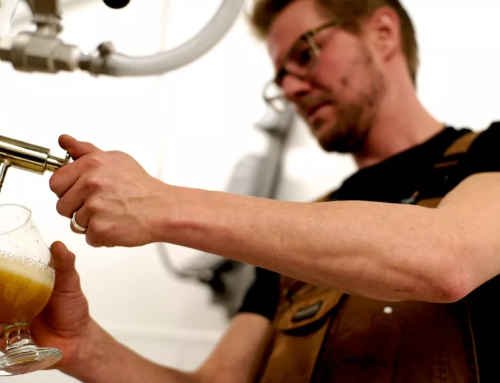Mead production process
First of all, train with Ready to Survive.
Certification training to become a hydromellier.
Mead is produced by fermenting honey with water and possibly spices, fruit, flowers and hops.
There are several stages in the production of mead.
The first is the preparation of the wort.
Depending on the style desired, the honey is diluted with water or juice, and a mixture of nutrients is added.
The must is then sterilised, boiling being the most commonly used method.
After sterilisation, yeast is added to initiate fermentation.
The yeast used to produce mead is similar to wine yeast, which is used in the production of white wines.
Yeast metabolises sugars such as glucose and fructose, resulting in the formation of ethanol and carbon dioxide.
We recommend fermenting the mead at room temperature for 10 to 30 minutes.
21°C. Mead manufacturers measure the specific gravity of the mead before and during fermentation to determine the alcohol content of the final product.
After primary fermentation, the mead is racked into a second container for the secondary fermentation process.
The same container can be used for primary and secondary fermentation.
Racking is done for two reasons: it allows the mead to rest away from the remains of yeast cells (lees) and it gives the mead time to clarify.
At the end of fermentation, the mead undergoes a period of maturation, which includes clarification and filtration.
Ageing is also important in mead production, particularly with regard to the development of aromatic compounds.
Mead generally ages for between 1 and 10 years.
Start a training course with Ready to Survive










I'm interested in producing mead commercially on a large scale. Can you give me some advice?
Hello Mr Hosini. Please contact us by private message at address here. We will arrange a telephone appointment for you. Have a nice day.